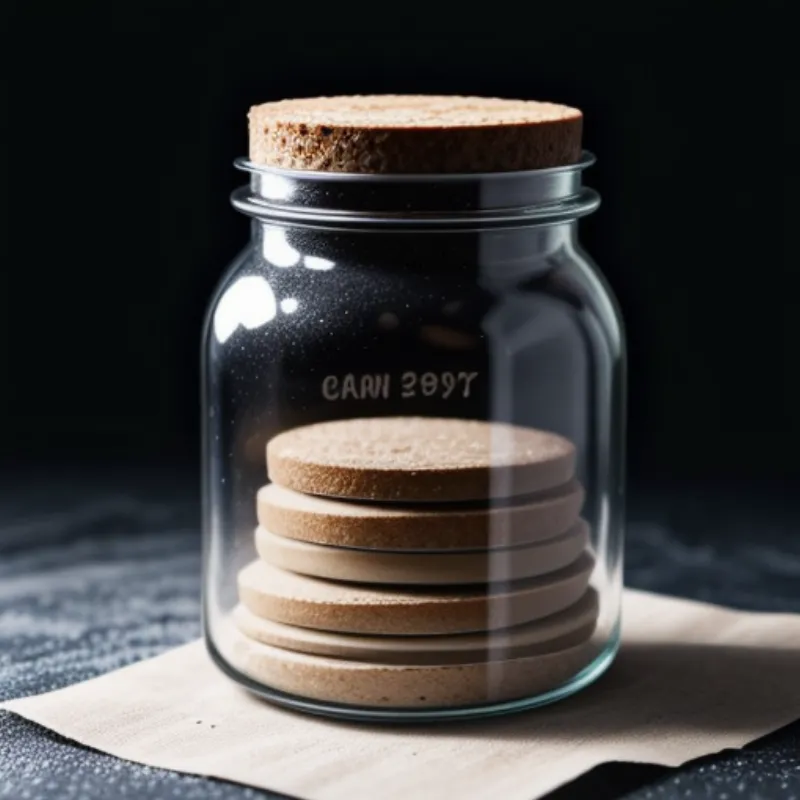Kvass, a traditional Slavic fermented beverage, offers a tangy, slightly sweet, and subtly sour flavor that will tantalize your taste buds. Made from rye bread, this naturally bubbly drink is not only delicious but also packed with probiotics, making it a healthy and refreshing choice. Whether you’re a fermentation enthusiast or a curious newbie, this comprehensive guide will equip you with all the knowledge you need to brew your own batch of this invigorating drink.
Unveiling the Magic of Kvass: A Journey Through Taste and Tradition
Kvass, often dubbed as “liquid bread,” boasts a history as rich as its flavor. Originating in Eastern Europe centuries ago, this fermented wonder holds a special place in the hearts (and kitchens) of many. Imagine sitting around a table laden with hearty food, the air thick with laughter and the clinking of glasses filled with chilled kvass. It’s more than just a drink; it’s an experience that connects generations.
“My grandmother used to say that a glass of kvass could cure anything,” shares renowned food historian, Elena Petrova. “While I wouldn’t go that far, its probiotic benefits are undeniable. It’s truly a gift from the past.”
Let’s Get Started: Ingredients for Your Homemade Kvass
Ready to embark on your kvass-making adventure? Here’s what you’ll need:
- Rye Bread: 3-4 slices (preferably stale, about 3 ounces)
- Water: 4 cups (filtered or spring water is ideal)
- Sugar: 1/4 cup (adjust to your liking, honey or other sweeteners can be used)
- Active Dry Yeast: 1/2 teaspoon
- Optional Flavor Enhancers: Raisins (about 1/4 cup), dried fruits, berries, spices (like cinnamon or ginger) – get creative!
Tools of the Trade:
- Clean Jar: A 1-quart glass jar works perfectly
- Cheesecloth or Loosely Woven Cloth: To cover the jar during fermentation
- Rubber Band or String: To secure the cloth
- Fine-Mesh Sieve: For straining the kvass
- Bottles: For storing your bubbly creation
Crafting Your Kvass: A Step-by-Step Guide
-
Preparing the Bread: Cut the rye bread into cubes and toast them lightly in the oven or on a skillet until golden brown. This toasting process enhances the flavor and color of your kvass.
-
Creating the Kvass Base: In your clean jar, combine the toasted bread cubes, water, and sugar. Stir well to dissolve the sugar.
-
Waking Up the Yeast: In a small bowl, activate the yeast by dissolving it in a tablespoon of warm water (around 100-110°F) with a pinch of sugar. Let it sit for about 5-10 minutes until foamy.
-
Combining the Ingredients: Once the yeast is frothy, add it to the jar with the bread mixture. Stir well to combine.
-
Fermentation Time: Cover the jar with cheesecloth or a clean cloth secured with a rubber band. Allow the mixture to ferment at room temperature (ideally 70-75°F) for 2-3 days. During this time, you’ll notice bubbles forming, a sign that the fermentation process is working its magic.
 Kvass Fermenting
Kvass Fermenting
-
Tasting and Adjusting: After 2 days, taste your kvass. If you prefer a sweeter flavor, add a bit more sugar. If it’s too sweet for your liking, let it ferment for another day.
-
Straining and Bottling: Once the desired level of tanginess is reached, strain the kvass through a fine-mesh sieve into clean bottles, leaving about an inch of headspace at the top.
-
Second Fermentation (Optional): For a bubblier kvass, add a few raisins or a pinch of sugar to each bottle before sealing. This second fermentation will create a natural carbonation.
-
Chilling and Enjoying: Refrigerate the bottled kvass for at least 4-6 hours or overnight. This will slow down the fermentation process and allow the flavors to meld beautifully.
 Chilled Kvass
Chilled Kvass
Tips and Tricks for Kvass Perfection:
- Stale Bread is Key: Using stale bread is not just about using leftovers; it actually contributes to a better flavor and texture in your kvass.
- Experiment with Flavors: Don’t be afraid to get creative with additions like berries, dried fruits, or spices. You can even try different types of honey or sweeteners for a unique twist.
- Watch the Temperature: Fermentation is temperature-sensitive. Keep your kvass in a cool, dark place, away from direct sunlight or heat sources.
- Patience is a Virtue: Fermentation takes time. Allow the flavors to develop fully for a more complex and satisfying kvass.
Unveiling the Versatility of Kvass:
Beyond its refreshing qualities, kvass is incredibly versatile. Enjoy it chilled on a hot day, use it as a base for cocktails, or incorporate it into your cooking.
Looking for inspiration? Check out our delicious recipe for Okroshka, a refreshing Russian soup made with kvass: (https://familycuisine.net/how-to-make-kvass-bread/)
Conclusion: A Toast to Homemade Kvass
Making your own kvass is a rewarding experience that allows you to connect with a rich culinary tradition while enjoying a delicious and healthy beverage. So why not gather your ingredients, put on your apron, and embark on your kvass-making journey today? You’ll be amazed by the burst of flavors and the satisfaction of creating something truly special from scratch. Cheers to good health and happy fermenting!
